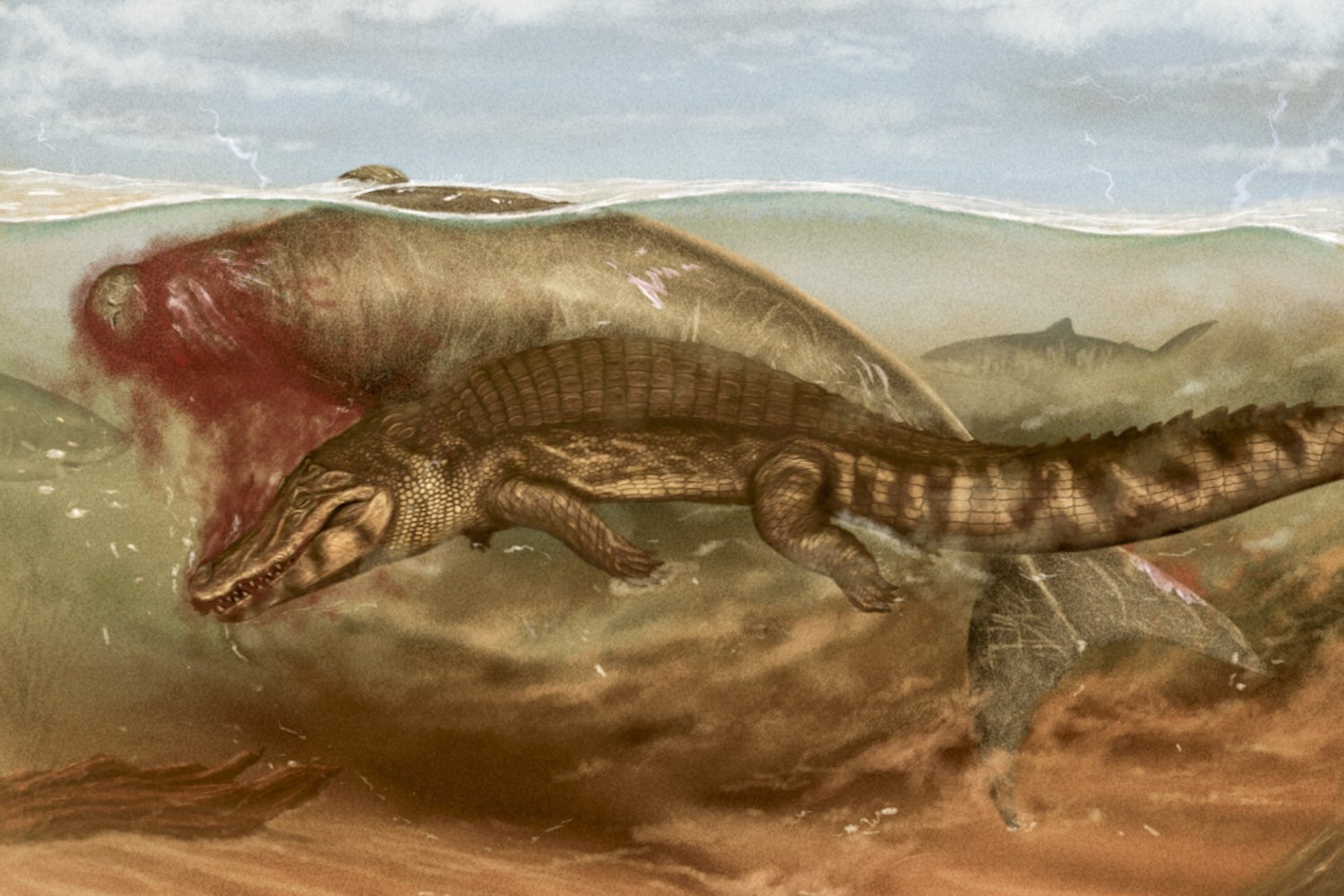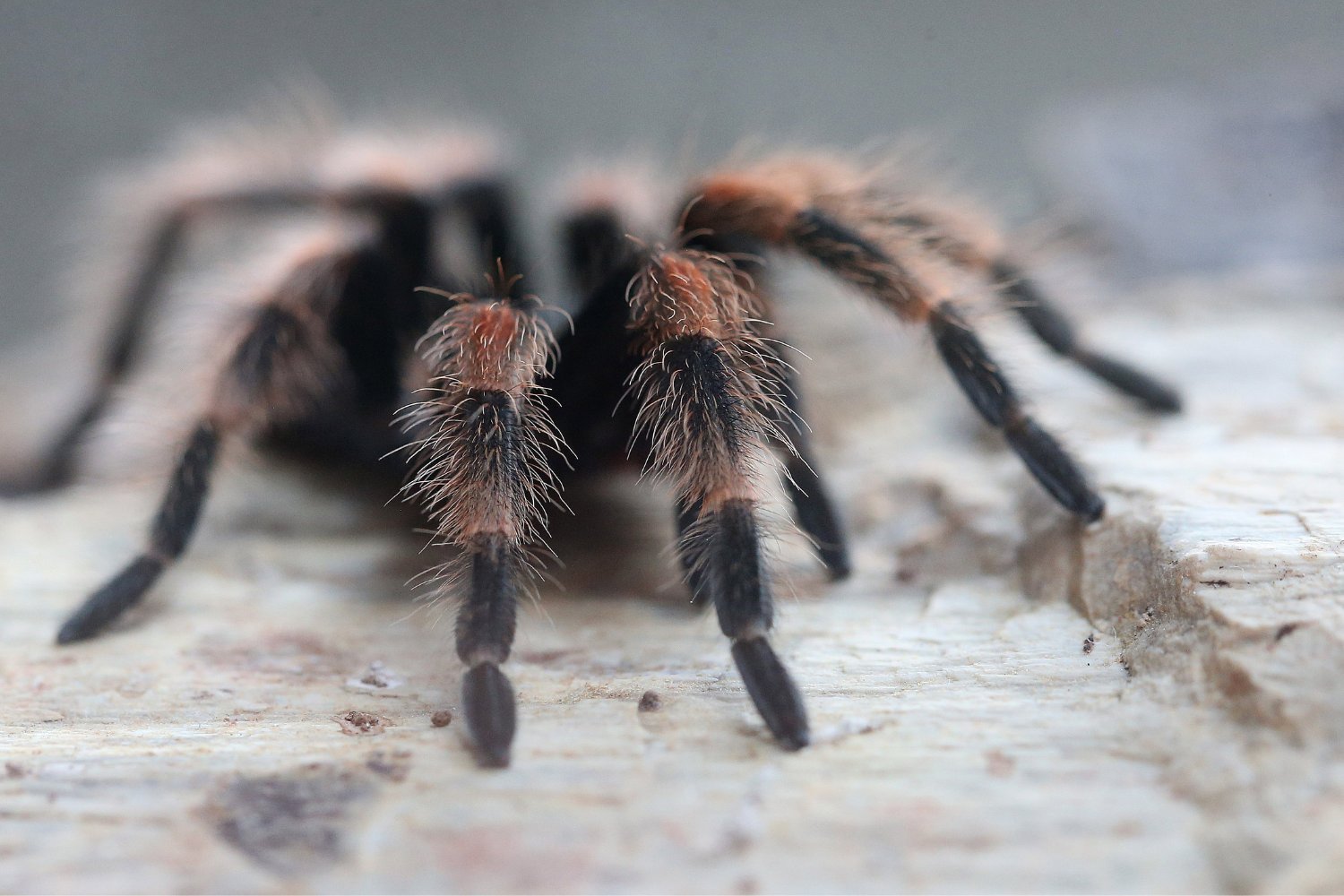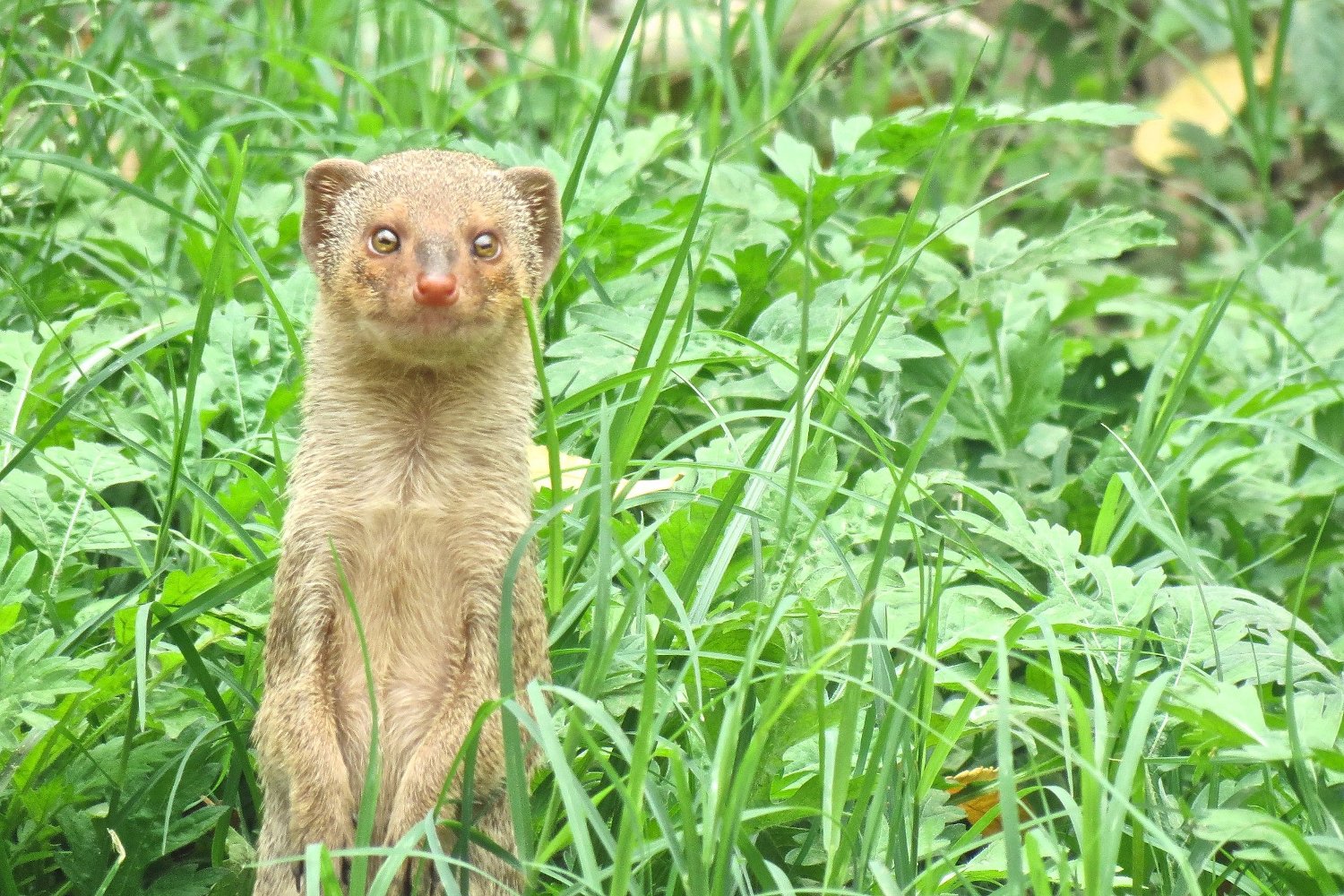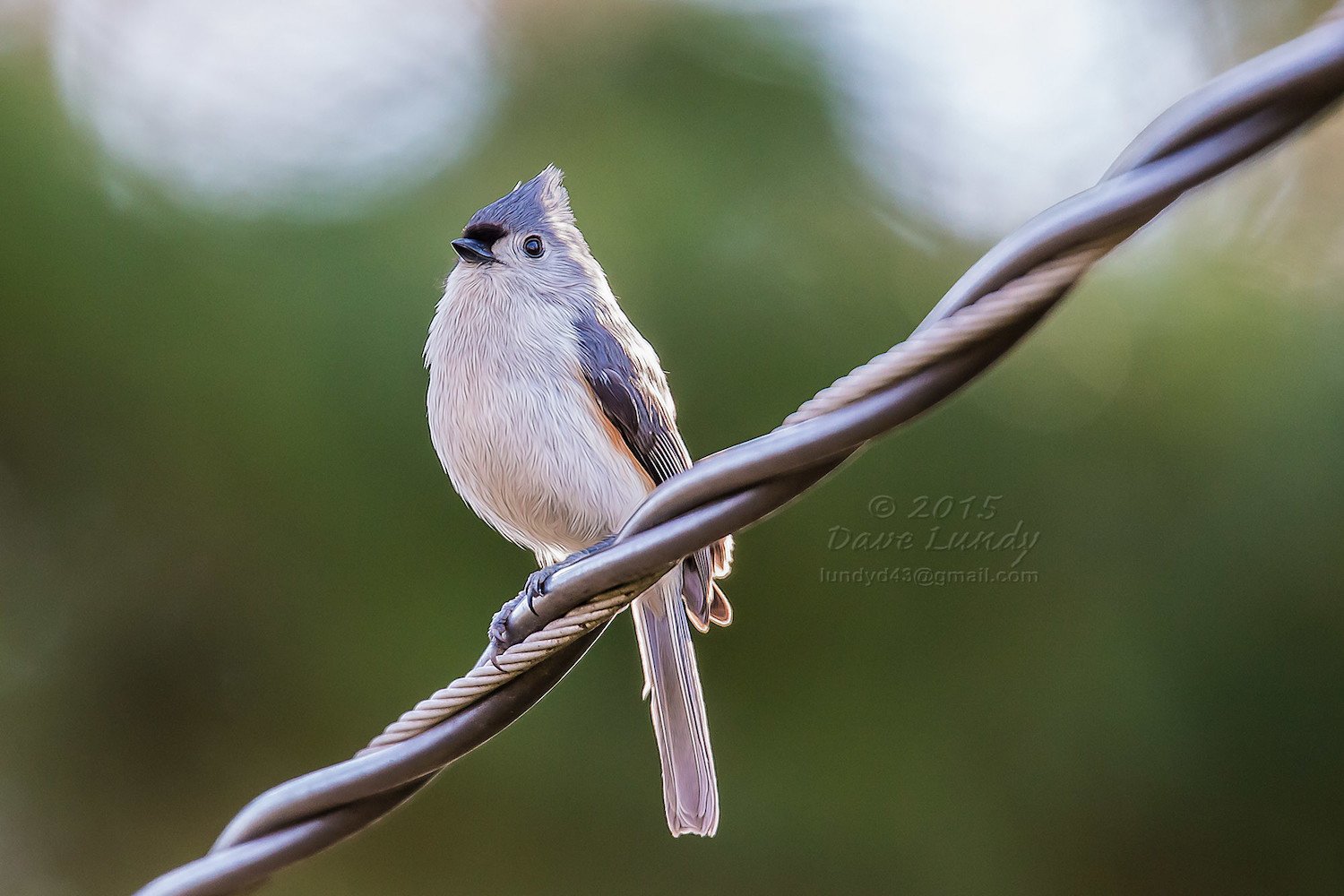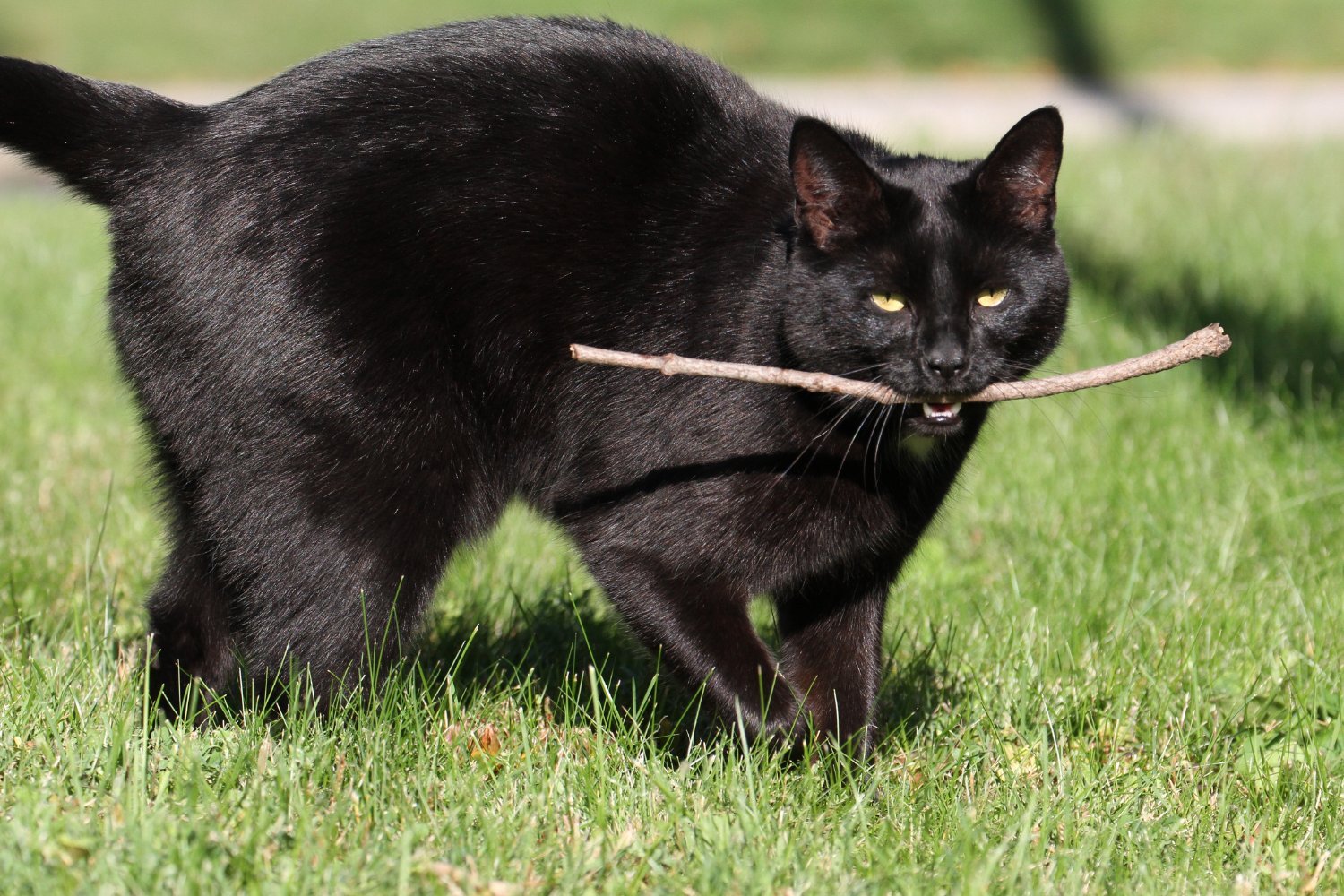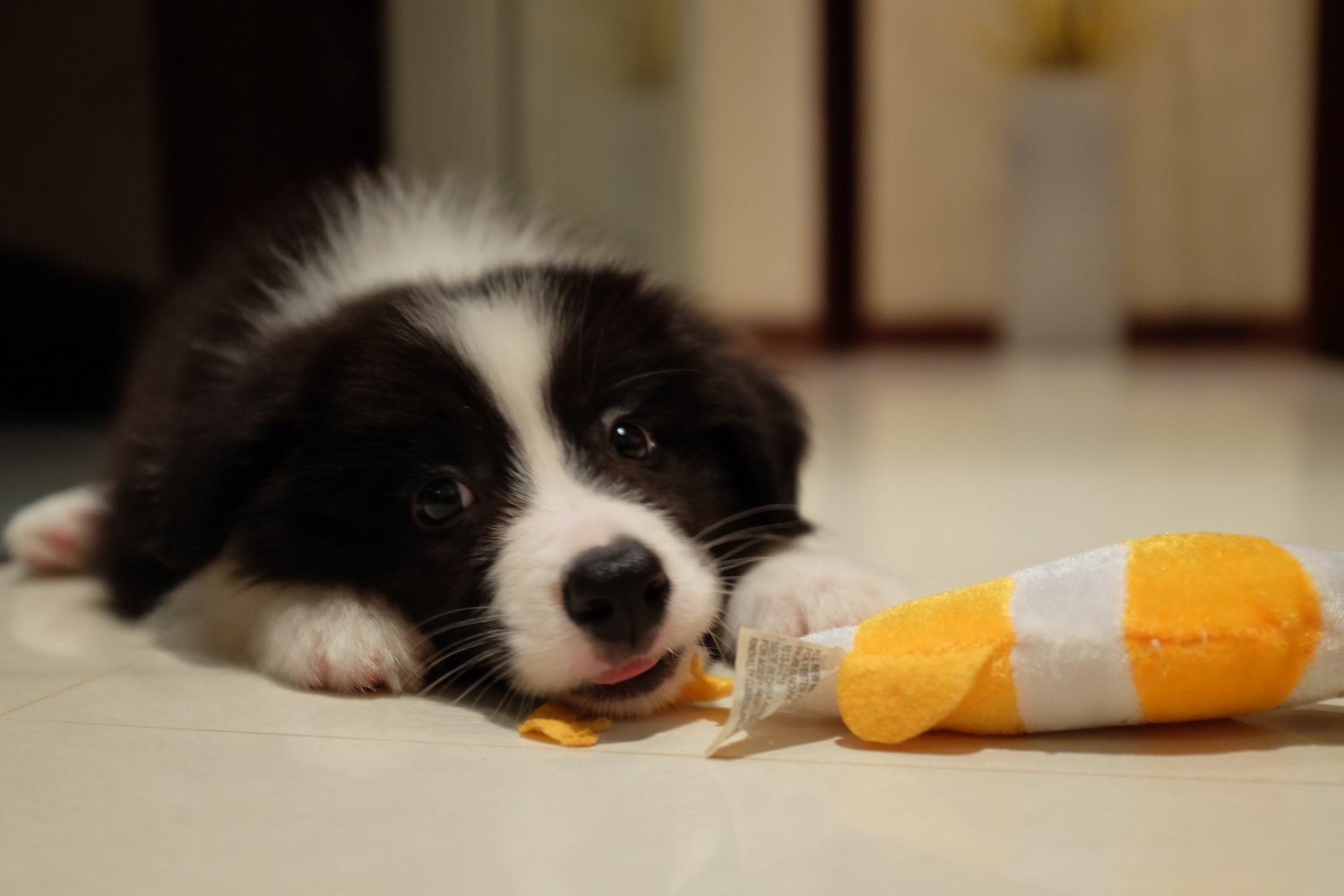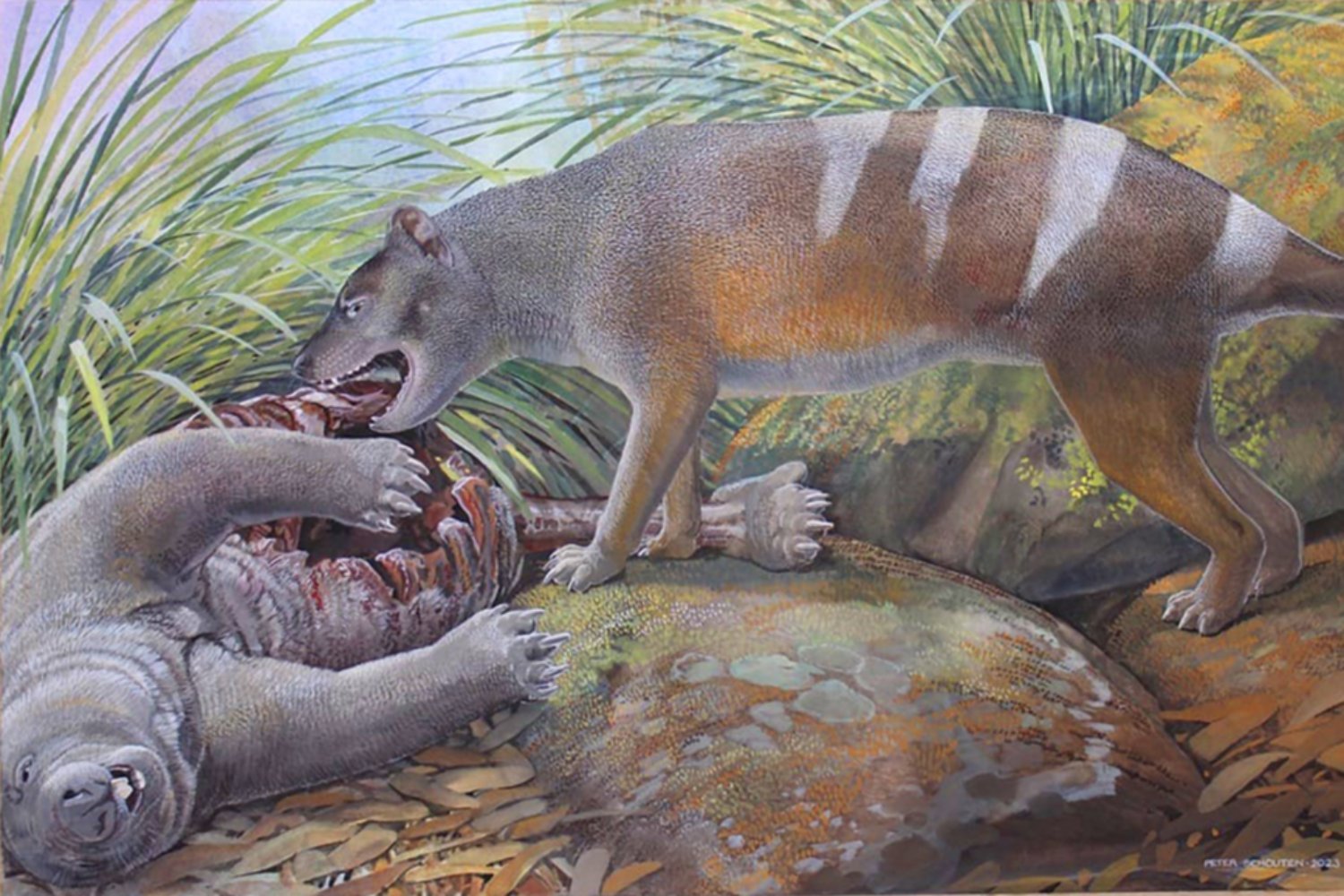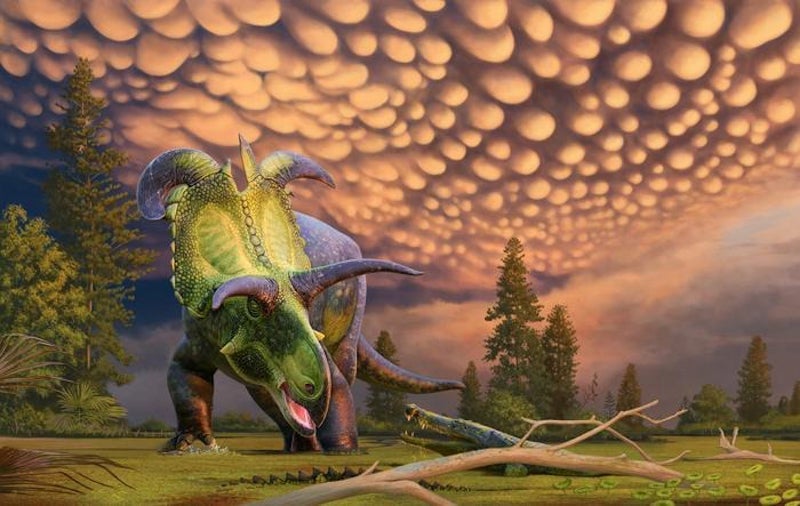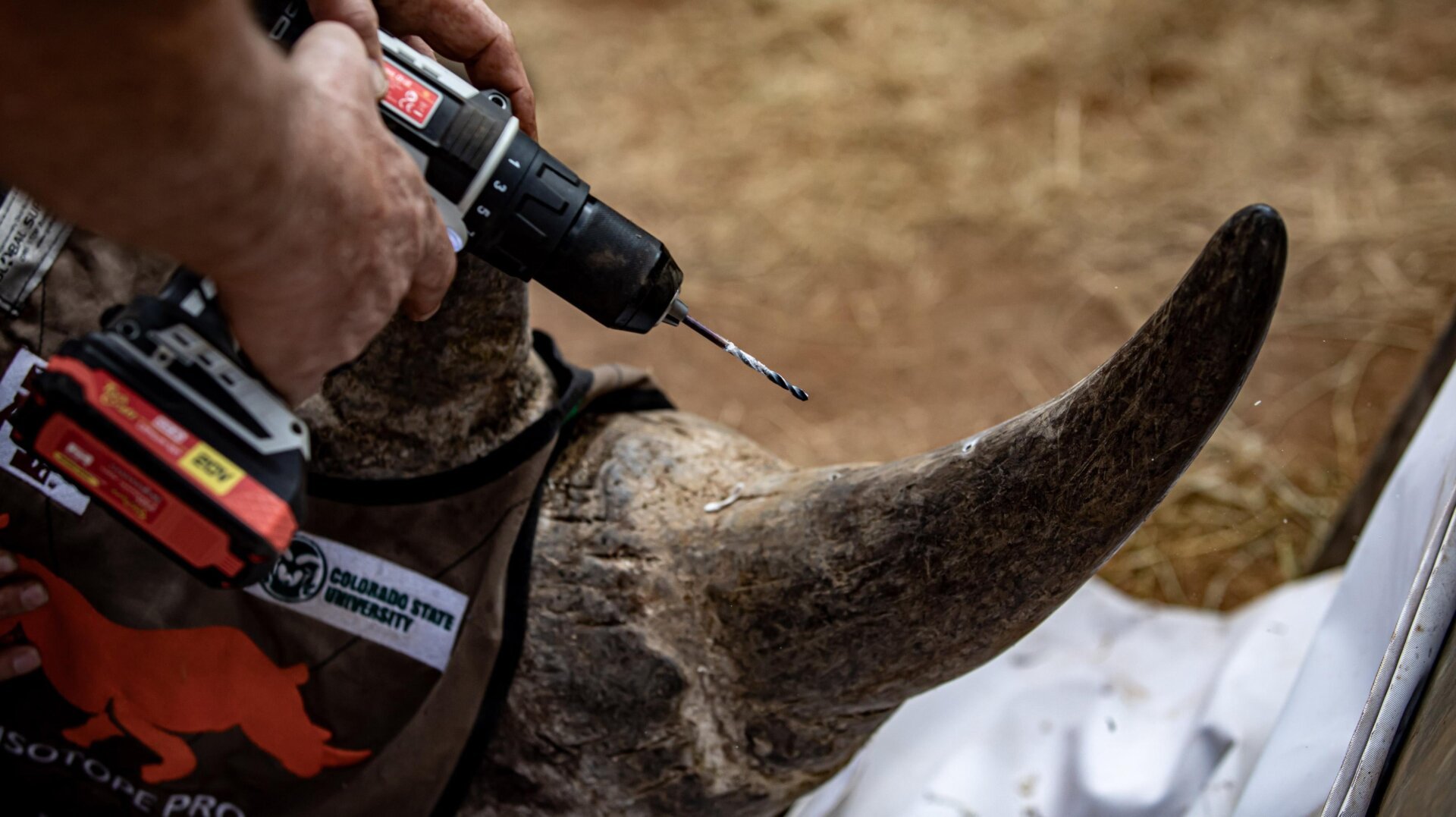During the Middle Miocene, a sea cow met a tragic end, falling prey to not one, but two apex predators. Fossil evidence discovered in modern-day Venezuela reveals a tale of double predation, offering insights into the complex food webs of this prehistoric era.
The fossilized remains, unearthed in 2019 from the Agua Clara Formation, consist of a partial skull and 18 vertebrae. This area, once an ancient seabed, has yielded a treasure trove of paleontological discoveries. Researchers from the University of Zurich, examining the sea cow fossil now housed at the Museo Paleontológico de Urumaco, identified distinct bite marks on the bones.
These marks, varying in shape, depth, and orientation, were categorized into three groups. Some were shallow and round, while others appeared wide and curved. A third group presented long, narrow slits with a triangular cross-section. The researchers, in their paper published in the Journal of Vertebrate Paleontology, linked the first two categories to a crocodylian attack. The slashing patterns suggested a “death roll,” a violent twisting motion used by modern crocodiles to subdue and dismember prey. The third type of bite mark pointed towards Galeocerdo aduncus, an ancient relative of the tiger shark.
While the sea cow’s demise was undoubtedly gruesome, the bite marks appear to have been inflicted at different times. The researchers propose that the crocodile attacked first, delivering the fatal blow. The shark likely scavenged the carcass later. However, due to the fragmentary nature of the fossil, alternative scenarios cannot be entirely ruled out.
This discovery offers valuable information about prehistoric predator-prey relationships. The fossil record often presents challenges in reconstructing complete food webs. Findings like this provide crucial pieces to the puzzle, shedding light on the dynamics of ancient ecosystems.
As Aldo Benites-Palomino, a PhD candidate at the University of Zurich and lead researcher, stated in a press release, previous research has highlighted sperm whales as a food source for multiple shark species. This new finding underscores the role of sea cows within these complex food chains.
While this prehistoric sea cow met a brutal end millions of years ago, its modern relatives, the manatees, face similar threats. Despite being removed from the Endangered List in 2017, manatee populations have declined in recent years, primarily due to human-induced environmental degradation. This serves as a stark reminder of the impact human activities can have on vulnerable species and highlights the importance of conservation efforts.



